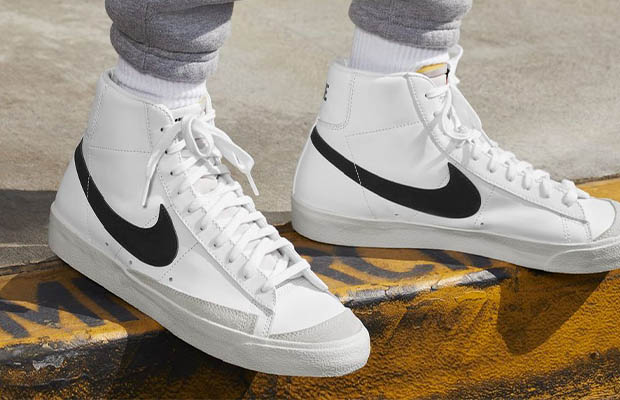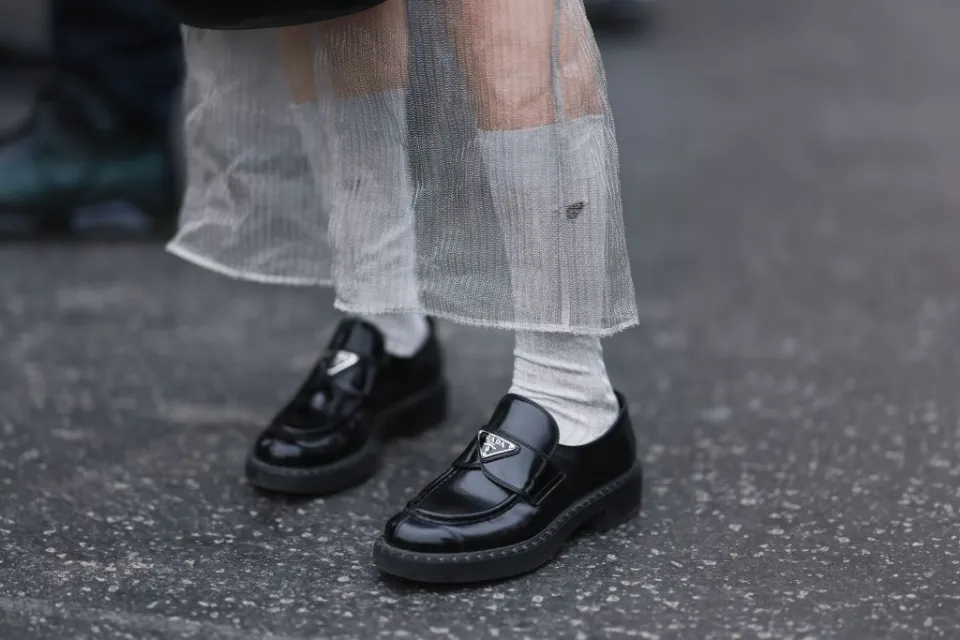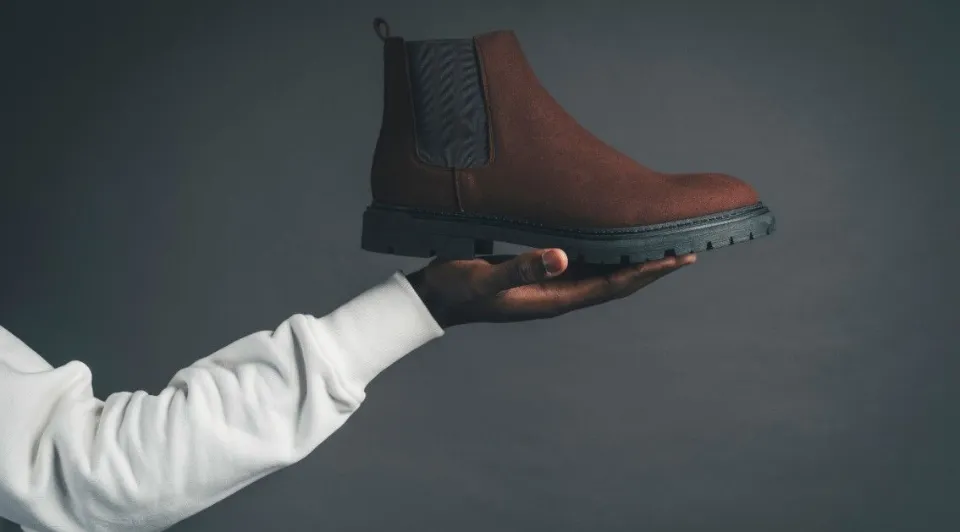Finding new shoes can be difficult if you’re not aware of the subtle differences in formal footwear. A common question that people frequently ask is what is the difference between Oxford vs Derby shoes?
The main difference between an Oxford and a Derby lies in the laces. The former has a closed lacing system in which the vamp, or front portion of the shoe, is stitched beneath the quarters, the side tabs where the shoelace eyelets are punctured.
To determine which shoe will get you where you need to be, let’s examine their similarities and differences.
What is An Oxford Shoe?
Nothing compares to the elegance of a well-made pair of oxfords, which feature simple lines and a timeless silhouette. The distinguishing feature of an Oxford shoe is a closed-lacing system.

The leather quarters are sewn under the front of the shoe to create the closed-lacing system, and the lace holes are punched directly into the side of the shoe.
As a result, the silhouette is svelte and timeless, making it ideal for formal or suit attire.
Related Reading: How to Style Oxford Shoes?
What is a Derby Shoe?

The derby shoe is frequently referred to as the Oxford’s opposite. The facings, the portion of the shoe where the laces pass through, are sewn on top of the vamp rather than flush with it in a Derby, in contrast to its counterpart, which has a closed lacing system. A more relaxed look and roomy fit are provided by the open lacing system.
The derby is also available in a variety of styles, such as derby boots and derby brogues. For a shoe to be considered a derby shoe, the open lacing system must continue.
Interested in buying Derby? Please check our guide on Best Derby Shoes for Men.
Oxford Vs Derby Shoes: What Are the Differences?
Although the difference between the Derby and the Oxford is slight, they have different functions and formalities.
Wearing one or the other is appropriate at certain times. Let’s explore the differences between a derby shoe and an Oxford shoe in order to prevent wearing the incorrect footwear.
Origins
The history of these shoes effectively defines their function. During the 19th century, leather boots were the only acceptable option for formal wear, which was constrictive.
In response to these uncomfortably stiff boots, Oxford shoes were created. Students at Oxford University cut off the tops of their boots to make them more breathable and mobile, creating the recognizable Oxford we know today.
Similar to how Oxfords were created, Derbys were a reaction to their limitations. Nevertheless, given that Derbys are mentioned as early as 1862, it is more likely that the Oxford and Derby shoes evolved simultaneously than one after the other.
Some claim that the 14th Earl of Derby, Edward Smith-Stanley, struggled to fit boots on his big feet. As a result, he hired a boot maker, who created an open-laced boot that fit his feet better than closed-laced boots.
Another origin theory holds that a Prussian army officer by the name of Gebhard Leberecht von Blücher created a boot with two leather flaps below the ankles that could be fastened together to make it simpler for military men to put on and remove their shoes at a time when boots were the standard issue. This theory explains the term “blucher”, another name for the derby, most common in the United States.
The Derby shoe appears to have been imagined and created in numerous places throughout Europe during the 19th century. But maneuverability and simplicity of use were a common theme.
The Lacing System
As detailed above, the lacing system is the primary difference between an Oxford and a derby. Derby open facings are stitched on top, as opposed to an Oxford’s closed facing, which is attached to the vamp.
Fit
Fit varies because of the various lacing systems. An Oxford’s closed-lacing system forces a tight fit across the top of the foot, whereas the open-lacing system allows more room.
Due to the ability to adjust the laces to fit specifically, derby shoes are therefore preferable for people with high insteps. Derbys are also the best option for those who use insoles or orthotics, according to our research.
Additionally, derbies have extra space for thicker socks, making them ideal for wearing in the countryside.
Formality and Purpose
When compared to the derby shoe, the shortened version of the oxford maintained its elegant and sophisticated silhouette, giving it a more formal appearance. As a result, they go well with business attire or for formal events like weddings and funerals. Oxford shoes are essential for every well-dressed man, whether they plan to wear them for work or for a formal occasion.
In contrast, derby shoes were widely used as athletic footwear in the late 1800s. They are THE shoe for the smart-casual dress code because of their heritage.
Versatility
The derby shoe is less formal than the Oxford, but that does not mean you can’t dress it up.
In that regard, the derby shoe is more adaptable than the Oxford, as you can wear them with a suit, a broken suit, tailored shorts, chinos, or even jeans. Every gentleman’s go-to essential shoe of choice is the multipurpose shoe.
Which Shoe is Right for You, Oxford Or Derby Shoes?
By now you’ve probably determined if you’re more of an Oxford or Derby man. You might also be able to see yourself using both styles in your rotation because you like what they have to offer.
Remember that the type of leather used, the level of ornamentation, and the color can all drastically alter a particular style. When choosing which shoe to wear, these are crucial factors to take into account.
Conclusion: Oxford Vs Derby Shoes
We hope you are knowledgeable about the distinctions between these two pairs of shoes and are able to identify them from a line-up.
You now possess all the knowledge necessary to choose the appropriate shoes for any occasion or event.
Just keep in mind that discovering your own sense of style and taste is a fulfilling and enjoyable journey. Have fun; we’ve got your back.
FAQs About Oxford Vs Derby Shoes
Are Derby Shoes Formal?
Derby shoes look better for leisurely moments because they are less formal than Oxfords.
Can You Wear Derby Shoes Everyday?
It can be worn for daily wear with a variety of outfits because it is sturdy and comfortable.
Can I Wear Derby Shoes With Jeans?
In order to look more casual, carefully consider the color of your derby shoes when wearing them with jeans.




